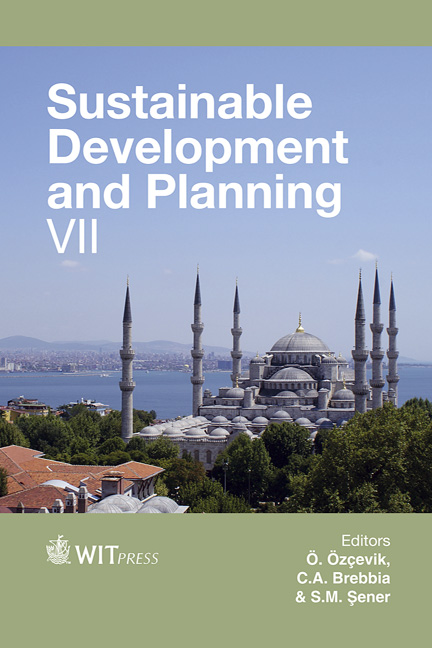Applying Passive Design Strategies: Case Study Of An Art Gallery
Price
Free (open access)
Transaction
Volume
193
Pages
8
Page Range
1053 - 1060
Published
2015
Size
260 kb
Paper DOI
10.2495/SDP150891
Copyright
WIT Press
Author(s)
I. I. AbuZayed, I. Hashim, H. Taleb
Abstract
This study is a look at passive design strategies which are best suited for the climate of the United Arab Emirates. Through the implementation of a variety of strategies a comfortable internal climate of approximately 23°C for approximately six months of the year was achieved. The strategies which were implemented were interlinked to ensure they worked together in a cohesive manner. Colour, shading and windows were incorporated to help minimise heat gain throughout the year. The key strategies of wind and sun, which were managed through a wind tower and solar tubular daylight system, proved to be challenging. The wind tower was helpful in reducing indoor temperatures while increasing ventilation. The daylight technique, although beneficial in theory, could not be measured through a systematic approach. This study confirms that passive design has attainable gains through analysing effects on a functioning building in the UAE.
Keywords
passive design, shading, energy consumption, IES software, wind tower, tubular day lighting, climate control, integrated design, orientation, sustainability





